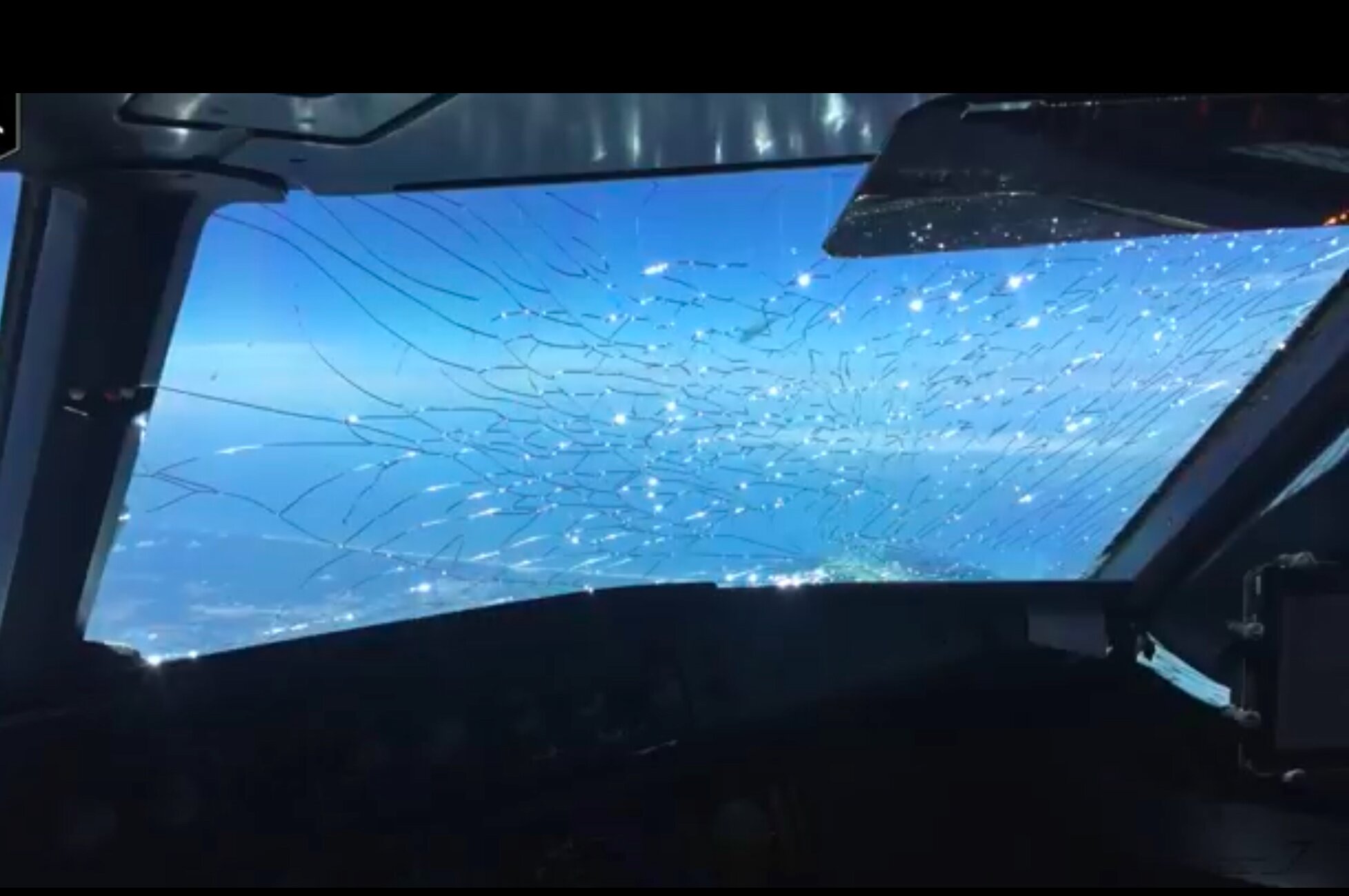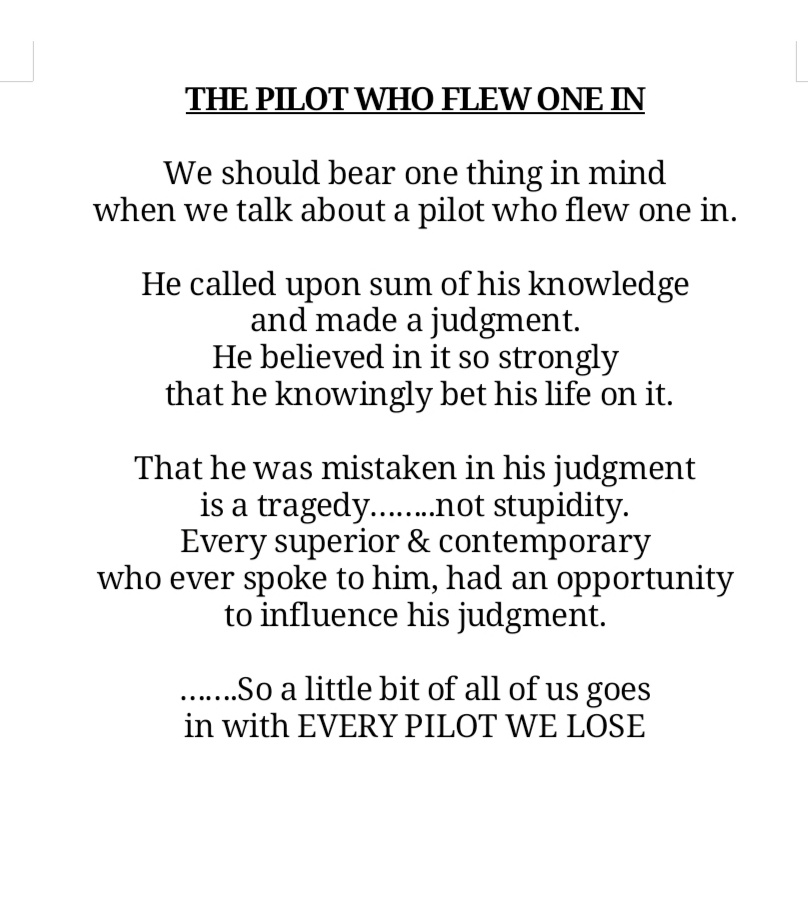Geographic disorientation in aviation operations results from the failure of an aircrew to recognize and/or maintain the desired position relative to the external ground and airspace environment. Becoming lost during flight, intruding inadvertently into unauthorized airspace, selecting a wrong airway, landing on the wrong runway, and approaching the wrong airport–with or without actual landing–are some examples of inflight geographic disorientation.
Tag: icao
Flying at Night
This article provides generic guidance on flying at night for pilots.
Radio Telephony Restricted – 2
The professional license RTR(A) or Radio Telephony Restricted (Aeronautical) required for the use of communication equipment in an aircraft is the prerequisite for issue of pilot license in many countries.
Job Interview Questions for Pilots
What does a pilot interview include? What do you think defines a professional pilot? What kind of question can you expect during the interview?
Aviation Meteorology: Concepts and Fundamentals
Aviation meteorology is the study of weather from the unique perspective of the aviation industry. This subject began during the era of hot-air balloons and gliders. … Subjects such as high-level or “clear-air” turbulence materialized as aircraft regularly penetrated largely unexplored regions of the atmosphere.
Flight Deck / Cockpit Windshields
When you’re in flight-deck, the only thing separating pilots from the minus 56 degrees centigrade and unbreathable, thin air outside is an airplane cockpit windshield. On one side, there’s a warm, pressurized cabin where you can work and on the other, a world that would kill you in minutes if you were exposed to it. Between the two, just incredibly sturdy windshield. There are two primary purposes for the windshields. Number one, protect the crew from the outside harsh environment and number two allow the crew to see outside. Besides…
Its Time for Airlines to Go Green
Air transport connects the world, bringing people and goods together. But the benefits of aviation also have an environmental downside. Emissions, noise, industrial processes, and waste must be managed by the industry, reduced, and where possible eliminated. Reducing climate change is a serious global challenge. Commercial aviation is responsible for about 2% of global carbon emissions. In 2009 the aviation industry put in place an ambitious and robust carbon emissions strategy, with targets and a four-pillar action plan. The aviation industry recognizes the need to address the global challenge of…
When it isn’t the Safest form of Travel….
On 7 August 2020, Air India Express Flight 1344, a COVID-19repatriation flight, part of the Vande Bharat Mission from Dubai, United Arab Emirates, to Kozhikode, India, overshot the runway during landing run at Calicut International Airport. The aircraft fell into a gorge killing 16 passengers, and both pilots. The remaining four cabin crew and 168 passengers survived, of whom over 100 were injured. A very tragic accident. The accident has rattled the nation, the aviation community, and especially all the pilots in particular. Flying is not inherently dangerous but it is terribly unforgiving. The aviation industry which was fraught with adversity and at times…
Recalculating Cost Index
The idea behind this article is to revisit the cost index with a view of ongoing pandemic and limited operations while balancing both fuel-and-time related costs.
Crosswind Landing Technique
The most commonly taught crosswind landing technique is the cross-control, or wing-low landing. The pilot slips the airplane to the runway with just enough cross control to keep the aircraft aligned with the centerline. Remember that the ailerons control the airplane’s lateral movement.









